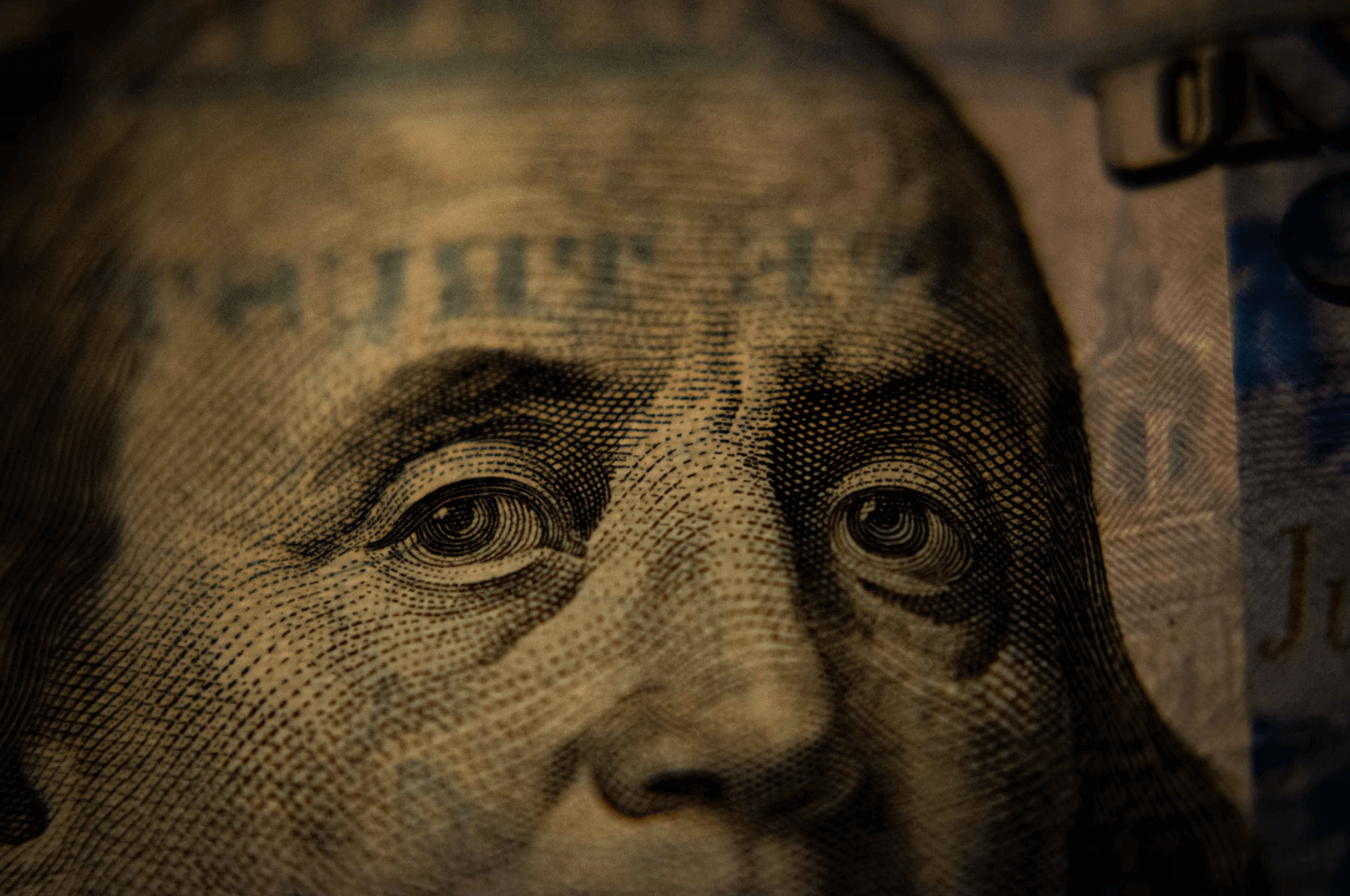For example, the U.S. government approved $1 trillion fiscal stimulus (about 4.5% of GDP) and the Federal Reserve announced its commitment to supply hundreds of billions in liquidity. In contrast, the Ukrainian government announced a modest fiscal package and there is even a discussion of how to balance the budget. (On the bright side, the National Bank of Ukraine uses reserves to tame the excess demand for dollars and constantly communicates to the public that their deposits are safe and there are dollars for everybody.) The difference in the scale of the responses is stark and begs the question what response is right. Do we need a fast, super-aggressive response to the crisis? Or do we need a piecemeal reaction?
Policymakers who handled the Great Recession and the financial crisis in the U.S. and elsewhere send a clear message: it is only an aggressive response that can minimize the damage. In a nutshell, the philosophy of the response is to address the crisis at early stages with an overwhelming force. For example, Tim Geithner (President of the Federal Reserve Bank of New York and later the U.S. Secretary of Treasury) invoked the Powell doctrine: when a nation is engaging in war, every resource and tool should be used to achieve decisive force against the enemy, minimizing casualties and ending the conflict quickly by forcing the weaker force to capitulate. In contrast, a “limited” war ends in “Vietnam”, “Afghanistan”, or another never-ending bloodbath. In other words, to go through a crisis with the smallest losses, one has to create the response of such strength that a panic is nipped in the bud.
Hank Paulson pitched massive Troubled Asset Relief Program (TARP, $800 billion) to the U.S. Congress in a similar vein: “If you’ve got a squirt gun in your pocket, you may have to take it out. If you’ve got a bazooka, and people know you’ve got it, you may not have to take it out.” In response to the euro crisis, Mario Draghi famously said that the European Central Bank will do whatever it takes to save the euro and it will be enough. History teaches us that these policies worked. The U.S. did not end up in another Great Depression. The euro survived an existential crisis. Why did it work? What is special about going big?
Although it is hard to think about panics as something rational, they have a certain logic. I am trying to withdraw my deposits from a bank (running on a bank) because I think that the bank may not have enough money for every depositor. And a run can actually result in failing banks (and so confirm the panic) if the wave of withdrawals is larger than the cash in banks’ vaults. I am trying to convert my savings into U.S. dollars (running on a currency) because I think that the central bank may run out of U.S. dollars. Again, if very many people want to convert their savings into dollars, there could be an actual shortage of dollars. Unfortunately, there are now many more examples of this behavior including runs on toilet paper, protective masks, rice, etc.
What is common in these examples? First, I am doing something potentially destructive for all of us collectively because I believe everybody else is doing this. This is a matter of psychology but also a calculation of what I can do to best respond to the behavior of other people. It makes sense for me to run first (withdraw money from a bank, buy dollars, hoard toilet paper) before others do it. Second, we all believe that there is something (cash, dollars, masks, toilet paper, etc.) in short supply. Note that there does not have to be an actual shortage. It’s enough that we believe that there is a shortage.
To overcome this logic, one has to send a credible signal with two parts. First, there is enough cash, dollars, masks, toilet paper, etc. This addresses the belief about something being in short supply. Second, people who do not run (i.e., do not participate in the panic) will lose nothing. As a result, nobody has to think about what other people are doing and so one can break the vicious loop of panic feeding on itself.
There are many examples of successful policies that addressed panics. Deposit insurance is effective in stopping banking panics: why would I panic if I know I am guaranteed to get my money back (so I don’t have to think about what other people are doing) and I know the government is behind it (so there is money for everybody)? In a similar spirit, the lender of last resort is effective in stopping financial panics: why would I doubt the creditworthiness of my partners if I know they can get a loan from the lender of last resort and so honor their debts to me? With these policies, everyone is assured that he is safe and so incentives to panic are eliminated. The potential price of giving assurances to everyone is big but it does not mean that you have to pay the full price. If you go big (“have a bazooka”), the ultimate cost can be small because people have no incentives to panic and so only some people will exercise your assurances.
Now consider a policy saying that only some depositors will get their money back, only some people will be able to buy dollars, only some people will get protective masks, etc. This is counterproductive. Why? It fuels the panic because the authorities reinforce the belief that there is a shortage: only some people will get a good that is perceived to be in deficit.
What is the lesson for Ukraine? If we don’t want to have a slow-motion agony (including capital controls, limits on cash withdrawals, rationing of critical goods, and even riots), the policy response has to be big and credible. Specifically, the government should be committed to allow significant fiscal deficits to support the economy.
There have to be assurances that everybody is going to have means to buy food and medicine, get medical treatment, etc. There should be promises of reasonable support to people and companies that suffer because of the crisis. The National Bank of Ukraine should be willing to spend reserves to address the run on the hryvnia and ensure that banks have enough liquidity to meet withdrawal demands. How can one make these promises credible? Clearly, Ukraine needs backing from the IMF and other creditors to convince everybody that the government has more than enough resources for everybody. Only an overwhelming policy response can stop the panic!
Застереження
The author doesn`t work for, consult to, own shares in or receive funding from any company or organization that would benefit from this article, and have no relevant affiliations


